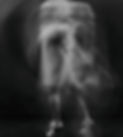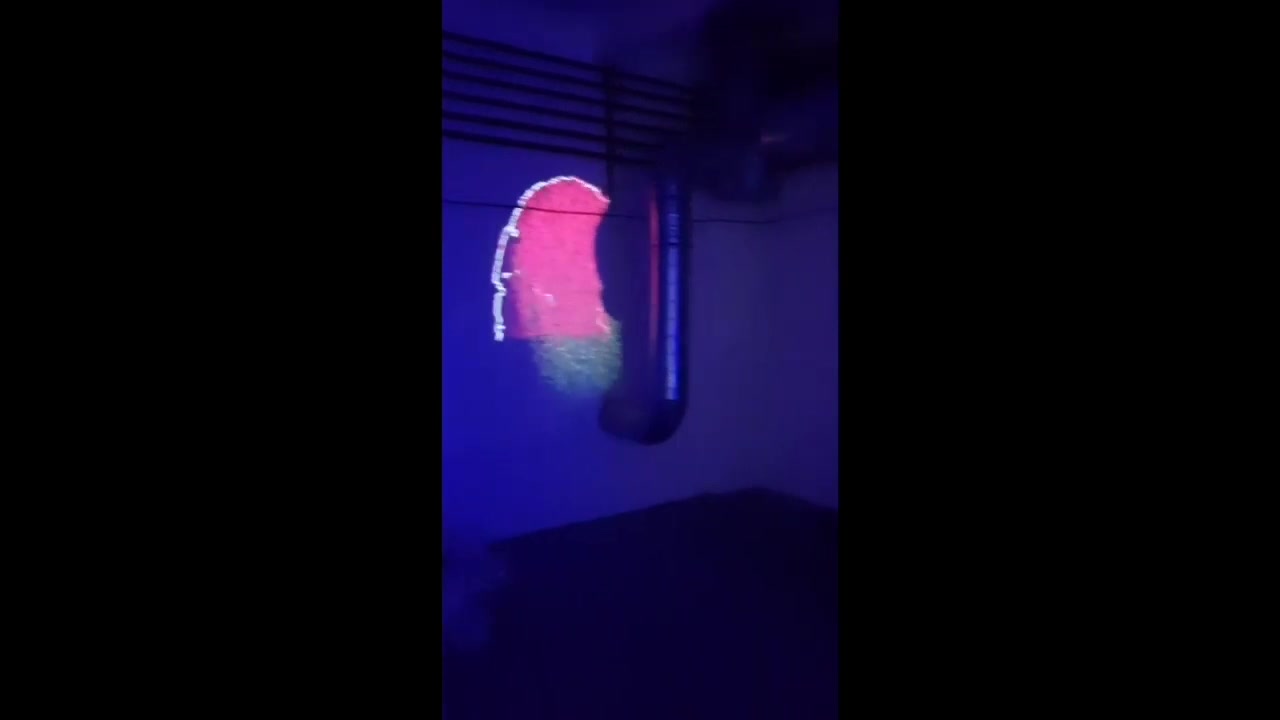FULL PUBLICATION
In December 2019 the dance performance 'Touching from a Distance' premiered in London. The show with a technical crew of only two people, the choreographer and VJ put together a live experience for audiences using a DIY motion capture system. In 2020, the work was written about by the choreographer, Zjana Muraro, and published by peer review for the Movement & Computing Conference'20 hosted by Rutgers University. Read the full text below!

COMPUTATION AND DANCE CHOREOGRAPHY BOTH BASED IN SOMATICS
Practice Work Online for
Moco 2020
ABSTRACT
We present a mocap system designed with an aim towards understanding and incorporating the needs of contemporary dance choreographers and their integral relationship to somatics into interdisciplinary performance. Somatics here refers to the use of specific images and sensorial cognizance of physics principles in the human body which inform how the movement is created and performed. We apply these same somatics elements to the computational design and share the current state and our preliminary findings and results in using the system for a variety of site-specific dance performances.
For decades, dance and somatics-informed dance practices have been a source for experts interested in the complexity of human motion and expression [1] however technology-and-dance performances are rarely informed by somatics. Here, real-time mocap data-based images from the dancers are projected and intersected with input from the choreographer via Open Sound Control (OSC) during the show. The design parameters did not concern communication or meaning as those qualities in a somatics- informed dance performance are emergent from the layering of a multitude of perspectives collectively, through the entanglement of the space, the context and the range of shared gesture experiences between human and digital elements

The choreography is constructed by and through a specific use of images and sensorial cognizance of physics principles (both central to somatics). The dancers influence and change their movement based on real-time information from each other, the choreographer and the mocap data through improvisation and set choreographic elements. The result is a feedback loop of shared information exchange [2] which allows for the artwork’s meaning to be emergent. The dancers’ internal dialogue of somatics-informed movement can be verbally expressed as: gravity, forces, momentum, velocity, falling, weight, action and reaction, inertia and the kinetics of a body. This also became the main kernel of programming for the algorithms which are created based on a physics engine

We conclude, from a choreographic approach, because both the computation and the movement are based in somatics the design in this performance lets the audience externally see aspects inside the movement which could not be seen otherwise while simultaneously changing the output through modulation. We hope to engage knowledge exchange from colleagues on other alternative ways of designing for this type of somatics informed performance based in improvisation and expression which allows for meaning to be emergent. Designing for appropriation leaves room for multiple layered perspectives [2] allowing the user to create their version of a personalized experience depending on the specific situational and spatial contexts of the performance which could not be known in advance of the design

THE ELEMENTS

SOMATICS
"A field of wildflowers with unique species randomly popping up across wide expanses." Martha Eddy

PHYSICS ENGINE
The objective of this design is to abstract vision rather than towards automation, communication, or meaning. Attention was placed on flexibility in both the physical set up (portability) and the use of the interface. This allows for the technology to influence the dancers’ expression in a shared performance process with the choreographer, the audience, and the computer. The improvisatory and emergent nature of somatic-informed contemporary dance performance was considered.
The system routes and displays user-tracking data from a Kinect via OSC messages inside Processing. The interface handles 3.000 to 30.000 active single object graphics at any given time, dependent on the choreographer’s input choices via OSC. Six different tracking modes and numerous visualizations with a real-time configuration are displayed through a projector.

SITE SPECIFIC AND IMPROVISATIONAL
The visual graphics are not directly controlled to the conscious movement of the dancer rather they create an exchange of information between dancer, choreographer and computation. This is what is specific to this programming of the algorithms. The graphics were further complicated by the fact that their physics engine was also controlled by a human user, choreographer, using a smartphone, leading to the greater complexity of the display.
The design development involved the users and their artistic-philosophical underpinnings in the very initial phase of the design in line with somatics relationship to philosophy [2].
References
[1] S. Whatley. 2018. Somatic Practices: How Motion Analysis and Mind Images Work Hand in Hand in Dance. In: Müller B., Wolf S. (eds) Handbook of Human Motion. Springer, Cham
[2] R. Masu, N. Correia, S. Jurgens, I. Druzetic and W. Primett. 2019. How do Dancers Want to Use Interactive Technology? Appropriation and Layers of Meaning Beyond Traditional Movement Mapping. In Proceedings of ARTECH 2019, 9th International Conference on Digital and Interactive Arts (ARTECH 2019), October 23-25, 2019, Braga, Portugal. ACM, New York, NY, USA, 9 pages. https://doi.org/10.1145/3359852.3359869
Touching from a Distance (strong sensations)
